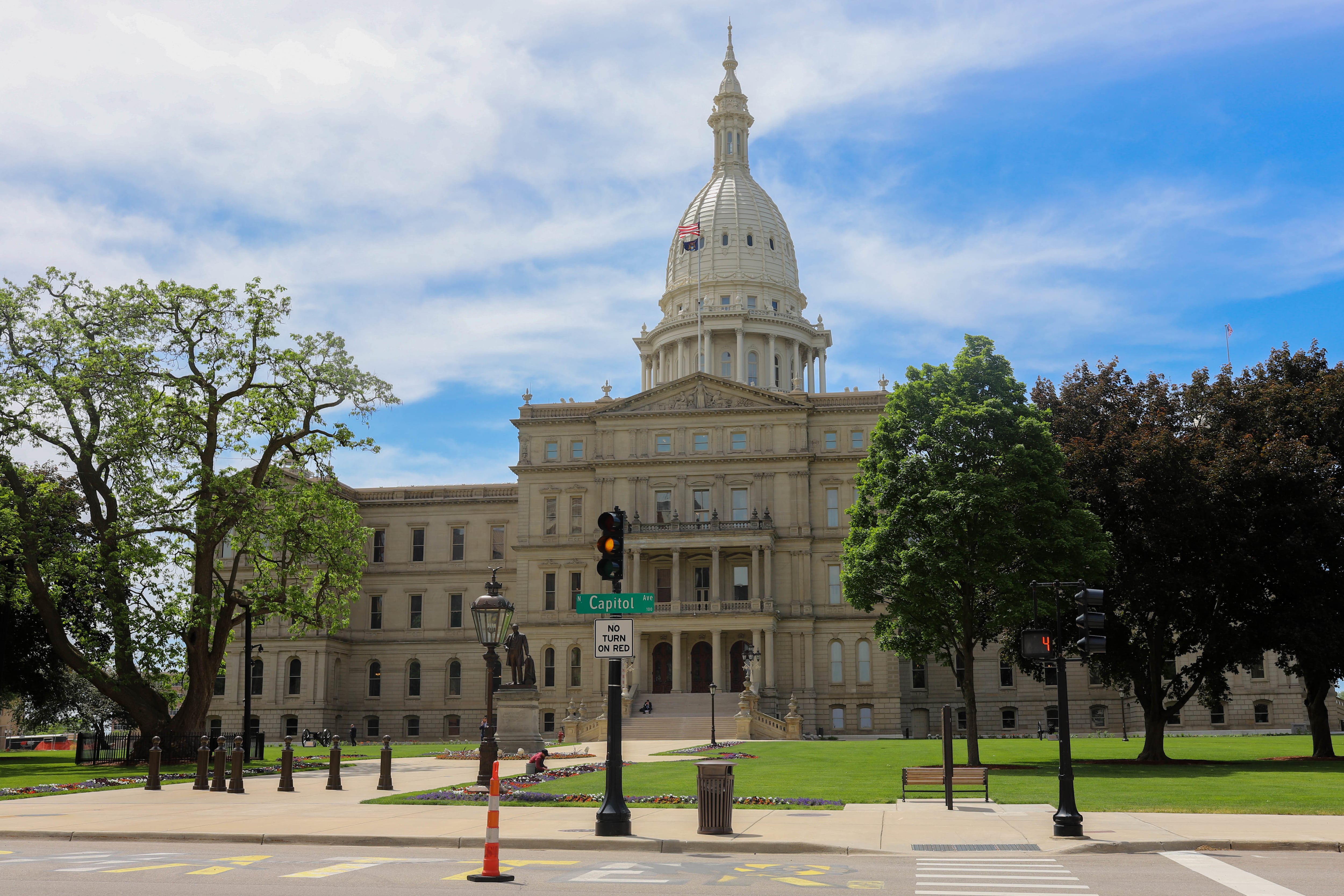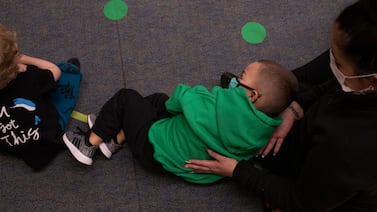Public schools are in line for a big spending boost if the Michigan Senate follows the House’s lead and passes a budget that includes a record 7.8% increase for education and closes the spending gap between the highest and lowest funded districts.
The Senate could vote Wednesday on the $64.7 billion spending plan that includes $16.7 billion for education. Any Senate deviation from the House-passed plan could leave superintendents in limbo during the legislature’s summer break, which begins Thursday.
The budget guarantees baseline funding of $8,700 for every student next year. This year it ranges from $8,111 to $8,529 per student.
The budget “ends decades of funding discrimination that targeted Michigan kids — too often some of Michigan’s poorest kids — based on where they went to school,” said Beth DeShone, executive director of the Great Lakes Education Project, which advocates for school choice, academic improvement, and accountability.
The move toward more equal funding has been gradual. Since passage of Proposal A in 1994, the state has been increasing the student allowance for poor districts at twice the rate of wealthier districts. The 2021-22 budget completely closes the remaining $418 gap in per-pupil funding. The House budget gives wealthier districts a 1% increase in their foundation allowances while poorer districts get 2%.
“We need to have every child on as level a playing field as we can regardless of whatever zip code they live in,” said Robert McCann, executive director of the K-12 Alliance of Michigan, a coalition of education leaders in five of the state’s most populous counties. “Every district is getting $8,700 per pupil. Even though that number is still too low, at least it’s equal.”
About 40 districts spend more than that because of a provision in Proposal A that allowed communities where schools were well funded to continue spending at high levels.
“The gap was going to close sooner or later but [lawmakers] just accelerated it” because they have the resources this year, said Craig Thiel, director of the Citizens Research Council of Michigan. “It looks like state revenues are holding up so this is something they’re not going to have to claw back on” in future budgets.
Michigan is ranked 23rd nationally in per-pupil spending, but spending has not kept up with growth in other states, according to frequently cited research by David Arsen, a Michigan State University professor of education policy. Total revenue for Michigan schools declined 30 percent since 2002 when adjusted for inflation, according to Arsen’s research.
Education advocates are encouraged.
“How we are looking at this is as a long overdue reinvestment in Michigan’s public education system,” McCann said. “We don’t know where [the economy] is going down the road but it’s never a bad thing to think big and set big precedents and force future legislatures to live up to them.”
An on-time budget would provide certainty to school districts eager to spend federal pandemic-relief funds distributed in the bill, but amendments would send the budget back to the House just as the legislature’s summer recess begins. That could delay action until fall unless the House agrees to meet for additional days.
The Senate is largely in agreement with the House but amendments are expected. Those amendments pertain to funding for school building upgrades, not the foundation allowance.
Extending the time needed to approve the bill frustrates superintendents and school boards as they work to finalize their district budgets by Thursday’s deadline, McCann said.
It will be a big problem for school districts that need to hire teachers, engage contractors and buy supplies, he said. “Our school districts are going to be struggling even further and our efforts to get students back on the track toward success will be hurt.”
“This is a budget that is truly game-changing,” said Peter Spadafore, deputy executive director of the Michigan Association of Superintendents & Administrators. “We’ve been waiting for this equalization for decades. The sooner we get it implemented the better we can plan for a successful school year next year.”
The House-passed budget also increases spending on the Great Start Readiness Program 40 percent. The additional $168.5 million brings the early-childhood education program’s funding in line with spending at other grade levels — $8,700, up from $7,250, per student in full-day programs. For part-time students, the allocation will rise from $3,625 to $4,350 per student.
The budget doubles spending on support services for students most at risk of failing or dropping out of school, bringing spending to $522 million.
It also adds $240 million for additional school psychologists, social workers, counselors, and nurses. The state would fully fund new hires for the first year, pay 66% of their salaries the second year and 33% the third year, with districts picking up the full cost themselves after that.
McCann said his members welcome that funding.
“So many students have gone through a very, very difficult year. A lot of students had unstable home lives to begin with and then they were dealing with things like health issues in their families,” McCann said. “Many of them weren’t able to learn last year. We can’t get them back on the right academic track until we help them socially and emotionally.”
Editor’s note: This story has been updated to make it clear that the K-12 budget under consideration would provide more equal funding for Michigan schools.







